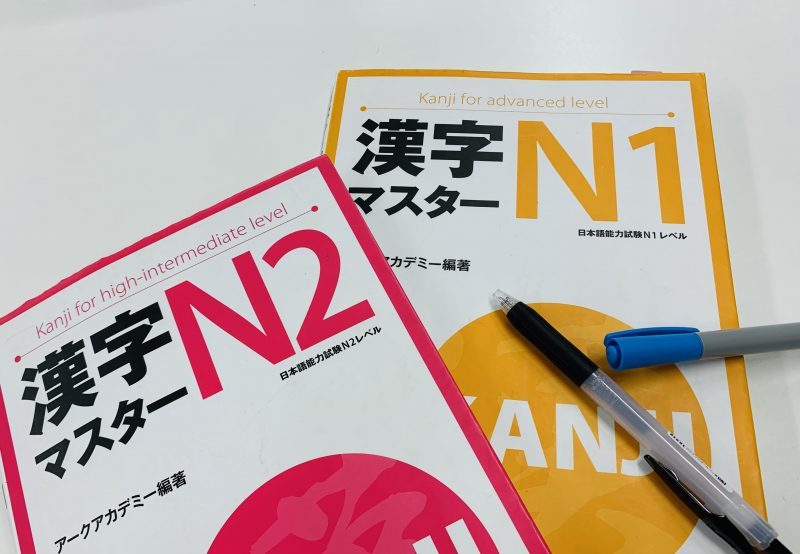In this section, we’ll share our students’ compositions.
同じ漢字でも*English follows Japanese.
チョウ(中国)
日本語には漢字がたくさんあります。しかも多数の漢字の意味は中国の漢字の意味とほとんど同じなので、日本語を勉強することについては中国人には自然な強みがあるというわけです。
そのため漢字の勉強を疎かにして、何も考えずに中国の漢字の意味をそのまま日本語に移すこと)がよく見られます。
しかし、そうすると日本語は上手になりません。一方で、同じ漢字でも中国語と日本語の意味が全然違う場合や微妙な差がある場合もありますので理解を誤ることが起こりやすいです。
私がその差を重視し始めたのは数学における一つの確率問題をしていたときです。最初は課題を一目見て、自信満々で書き始めて、順調に答えを出しました。
でも問題についている答えをチェックした後で、自分の間違った答えに少し驚きました。これはそんなに難しい問題ではなかったからです。たぶん計算の時、油断してミスしたのだろうかと考えました。
それで何回も計算し直してみても、答えは最初と同じでした。念のため、数学が得意な中国の先輩に教えてもらいました。予想通り先輩の答えは私の出した確率と同じでした。心密かに得意になったと同時に、もしかしたら、印刷された答えは間違っているのではないかと戸惑っていました。その間、もう一回簡潔で明瞭な問題に視線を向けると、「以上」という単語が注意を引きました。
中国語の場合、特に数学において「以上」を使うときは、自ずともとの数は除かれます。もとの数を含むことをどうしても相手に伝えたいときには、例えば「三及以上」のように、明記する必要があります。
そして「以上」という言葉の日本語での場合を調べたら、微妙な差があります。「以上」「以下」というときは、必ずもとの数を含むと決められています。「3以上」なら、3は必ずその指す範囲内に含まれます。場合によって違うということはありません。この違いを知った後で問題もすらすらと解決しました。
日本語と中国語は、漢字を使うという点で共通している部分も多い言語ですが、このように微妙な差によって誤解が生じることがあります。ですから中国人として日本語を勉強している間に漢字の勉強も怠ってはいけないと思います。
Even if the Kanji is the same…
チョウ (China)
The Japanese language has a lot of Kanji. On top of that, most of the Japanese and the Chinese characters share the same meaning, a reason why for a Chinese student, learning Japanese comes naturally easier.
That’s why I’ve kind of neglected my kanji study, I didn’t pay much attention to it and kept directly transferring the Chinese meaning to the Japanese characters. However, by doing so, you won’t really improve the Japanese language.
Even if the kanjis are the same, the meanings of Chinese and Japanese characters might be completely different, or just with some subtle differences, which make it easy to misunderstand.
I started concentrating on that difference the first time when I was doing a math’s probability problem.
I first quickly looked at the task, and started writing with full confidence, and gave the answer without too much trouble.
However…when I went to check the correct answer at the end of the page, I was surprised by it. Mostly because even it wasn’t indeed a hard problem to solve, I had it wrong. I must have been distracted during the calculation and maybe made some kind of mistake there. But for how many times I tried and redo the problem, I got the same result all the time.
Just to be sure of that, I contacted my Chinese friend who’s very good at math.
And as expected, he also gave my same exact answer. I started doubting secretly about the correctness of the answer. Maybe due to a printing error the textbook was wrong.
While thinking so, I had a look at the problem one more time, and the word 「以上, ijou」* draw my attention.
In China, especially when we talk about numbers, we use the word 「以上」 without counting the number that precedes. You have to specify to the listener if you want to include that number.
When I looked up at the Japanese use of the word 「以上」, I found out that in every case the word means “or more”. Same for the corresponding word 「以下, ika」, that means “or less”, “smaller than”.
When you say 「3以上」, in Japanese 3 is always included in the range. There are no such things as “it depends on the case”. After I learnt about this difference, I proceeded to smoothly solve the problem.
Although Japanese and Chinese are similar languages in that they use kanji, they have many subtle differences that can cause misunderstandings.
That’s why as a Chinese learner I think I cannot ignore the study of kanji.
*The word 「以上, ijou」 means “above/ more than”.
For example, in Japanese「3以上」means “3 or higher”, while in Chinese means “more than 3”.


